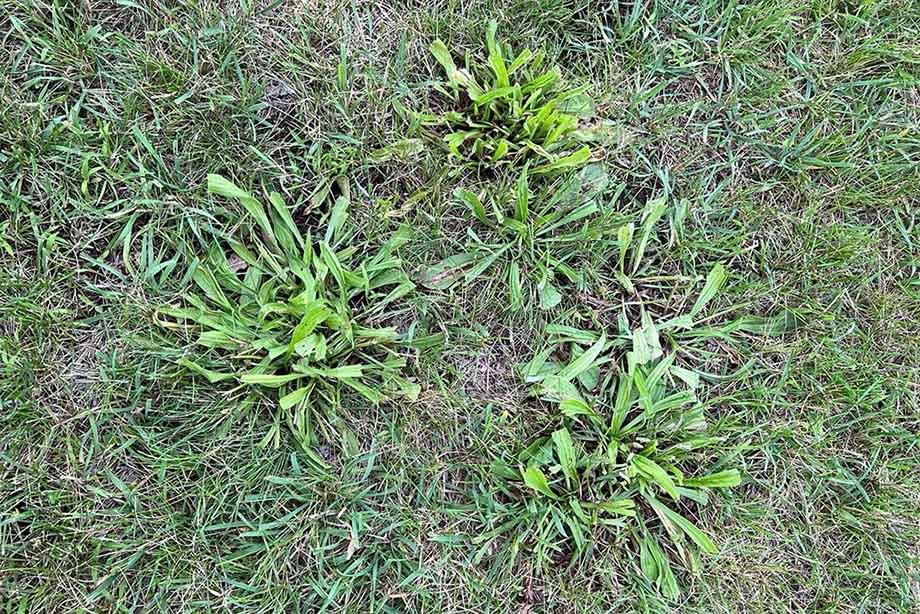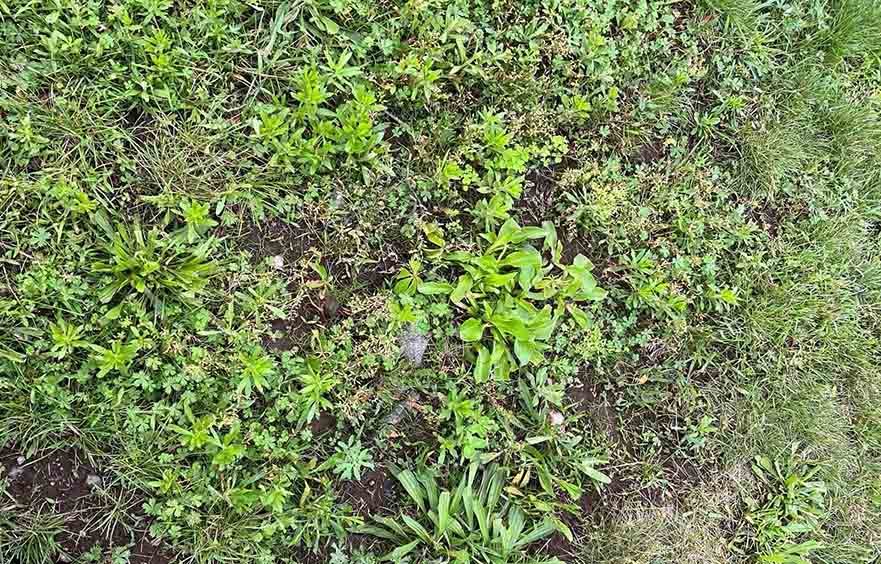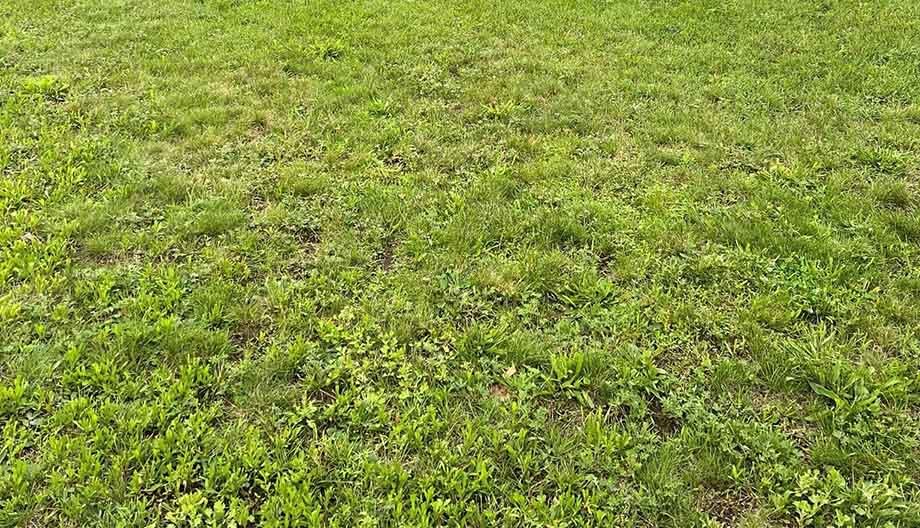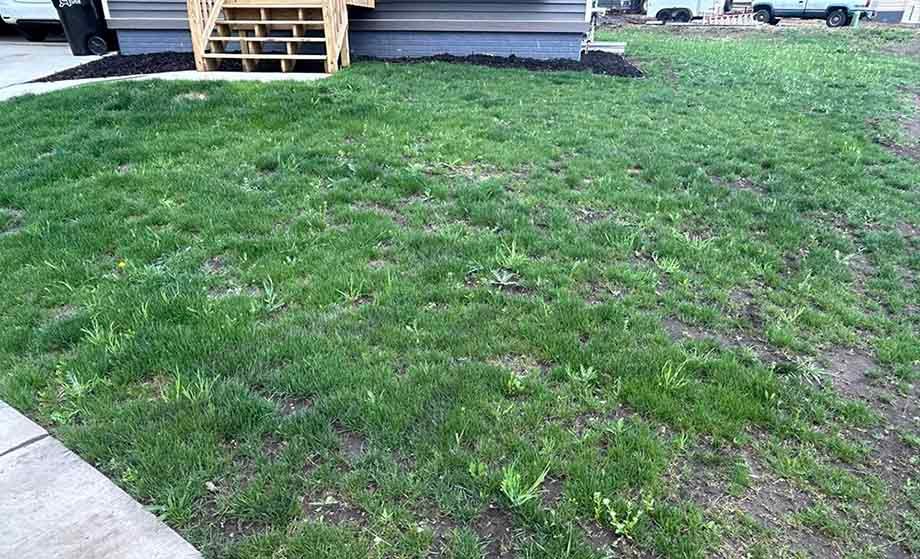Are you left scratching your head, wondering whether you should cut weeds before spraying them with herbicide? We’ve been there too, and we understand this dilemma that plagues so many lawn owners.
In fact, most experts suggest waiting as long as possible before cutting and spraying to allow maximum absorption of the chemical into the root system. This article unveils all the pros and cons of both approaches while providing practical insights on achieving a weed-free garden.
Ready to reclaim your lawn from unwelcome intruders? Let’s dive in!
Table of Contents
Key Takeaways
- Waiting as long as possible before cutting and spraying weeds allows for maximum absorption of herbicides into the root system, increasing their effectiveness.
- Cutting weeds before spraying enhances herbicide absorption, improves weed accessibility, facilitates root removal, reduces weed flowering and seed production, and promotes a visually appealing lawn.
- However, cutting weeds before spraying may decrease herbicide effectiveness, increase regrowth potential, make application more difficult and time-consuming, increase the risk of spreading weed seeds, and potentially damage desirable plants.
- The decision to cut weeds before spraying should consider factors such as timing, herbicide type, density of weeds in the area. It is important to follow proper application techniques and manufacturer instructions for optimal weed control results.
Factors to Consider before Cutting Weeds
Before cutting weeds, it is important to consider several factors that can impact the effectiveness of weed control.

Understand the herbicides you are using
Understanding the types of herbicides you’re using is critical to effective weed management. Selective herbicides, for instance, are designed to target specific weeds while leaving your desired plants and grass unharmed.
On the other hand, nonselective ones such as glyphosate and acetic acid will eliminate a wide variety of unwanted plant life without sparing any surrounding vegetation. It’s also worth considering the toxicity level of the product you choose; starting with a lower toxicity option before escalating to stronger alternatives can be an environmentally friendly approach.
If farming practices factor into your weed control strategy, there are different considerations—organic or conventional—that could impact your choice in herbicide too. Lastly, keep timing in mind: Postemergence herbicides work best when applied during active growth phases.
Timing of weed cutting and spraying
Understanding the right timing for cutting and spraying weeds is crucial in lawn care. The best practice, we’ve found, is to wait as long as possible before tackling these stubborn invaders.
This strategy allows the leaves to absorb any herbicide applied and transport it effectively into their root system for a thorough kill. Ideally, cut the weeds down to a height of 2 to 3 inches prior to administering an herbicide.
We also advise against applying your weed killer immediately after rainfall or while the plants are still damp; doing so can potentially wash away your hard work by rinsing off most of the chemical solution.
By respecting this timing advice, the efficacy of your selected herbicide will be maximized, increasing its ability to get rid of those pesky green nuisances once and for all.
If you have Bermuda grass in your lawn, it may be beneficial to utilize specialized lawn mower to cut bermuda grass.
Density of weeds
Managing the density of weeds in our lawn is a critical factor to keep in mind when determining if we should cut weeds before spraying. An extremely dense weed population can hinder the effectiveness of herbicides, as the lower layer may not receive adequate exposure due to the upper canopy’s obstruction.
For this reason, cutting them down prior to spraying could increase the overall efficiency of your herbicide application, providing a direct pathway for the chemicals to each individual weed plant.
Conversely, lawns with sparse weed populations might not require pre-cutting due to minimal competition and blockages among plants. It’s all about assessing our own situation and making an educated decision that best supports our overall weed management program.
Always remember that cogongrass rhizomes’ regenerative capacity is determined by factors such as stem age, length, thickness, and number of large buds – highlighting why it’s vital to control these pesky invaders regardless of their current density on your lawn.
Pros and Cons of Cutting Weeds before Spraying
Pros and cons exist when considering whether to cut weeds before spraying them with herbicide.

Benefits of cutting weeds before spraying
Cutting weeds before spraying can provide several benefits that contribute to a healthier and more effective weed control strategy. Here are some key advantages:
Enhanced herbicide absorption:
- Cutting the weeds exposes more surface area for the herbicide to be absorbed, resulting in better penetration and uptake by the plant.
- This maximizes the effectiveness of the herbicide, increasing its ability to target and kill the weeds.
Improved weed accessibility:
- When weeds are cut before spraying, they become shorter and easier to reach.
- This makes it more convenient to apply the herbicide directly on the leaves or stems of the weeds, ensuring better coverage and contact.
Facilitates root removal:
- Cutting weeds before spraying weakens their roots and makes it easier to remove them entirely from the ground.
- By uprooting them, you eliminate their chances of regrowth and minimize competition with your desired plants or grass.
Reduced weed flowering and seed production:
- Cutting weeds reduces their ability to flower and produce seeds, preventing further spread and growth.
- This helps in breaking the weed life cycle and decreasing future weed infestations on your lawn.
Encourages aesthetically pleasing lawn appearance:
- Cutting weeds provides immediate visual benefits by giving your lawn a neater and tidier appearance.
- It creates a clean canvas for applying herbicides, improving overall aesthetic appeal while tackling weed problems effectively.
Drawbacks of cutting weeds before spraying
Cutting weeds before spraying with herbicide may seem like a logical step, but it does have some drawbacks to consider.

Here are a few points to keep in mind:
- Decreased herbicide effectiveness: While cutting weeds can remove the top growth, it may also remove some of the foliage that the herbicide needs to be absorbed into. This can potentially reduce the effectiveness of the herbicide in killing the targeted plants.
- Increased regrowth potential: Cutting weeds before spraying can stimulate regrowth since cutting stimulates plant growth hormones. This means that even if you successfully kill off the visible parts of the weed, they may grow back more vigorously after being cut.
- Difficulty in application: If you cut weeds before spraying, you may have to deal with smaller pieces of vegetation that need to be sprayed individually. This can be time-consuming and challenging, especially if you have a larger area to treat.
- Risk of spreading weed seeds: Cutting weeds before spraying can increase the risk of spreading weed seeds around your lawn or garden. When you cut weeds that have already produced seeds, those seeds can scatter easily and germinate elsewhere, leading to new weed growth.
- Potential damage to desirable plants: When cutting weeds before spraying, there is a higher chance of accidentally damaging nearby desirable plants or flowers. This could occur if you’re using tools or equipment close to other vegetation.
Conclusion
In conclusion, whether or not to cut weeds before spraying depends on several factors. While cutting weeds can help enhance the effectiveness of herbicides like Roundup, it’s important to consider timing, density of weeds, and the specific herbicide being used.
Ultimately, following proper application techniques and using herbicides correctly are crucial for successful weed control.
If you want a small lawn, it’s best to mow it frequently like you would with regular grass. Don’t forget to select the appropriate grinding wheel for your mower blades to get a neat cut.
FAQs
1. How should I prepare the weeds before applying herbicide?
Before spraying herbicides on weeds, it is important to remove any debris or obstacles that may hinder effective coverage. Additionally, cutting larger or dense patches of weeds prior to application can help ensure better penetration and overall control.
2. Is it necessary to wait a certain amount of time after cutting before spraying?
In most cases, it is recommended to wait at least a couple of days after cutting the weeds before applying herbicide. This allows for some re-growth and recovery by the plants, which will enhance their ability to take up and absorb more herbicide during treatment.
3. Can I spray weed killer without cutting first?
While you can spray weed killer without cutting first, there are several advantages to cutting prior to application as mentioned earlier. By cutting down tall or dense vegetation, you increase target exposure and create more surface area for effective absorption of herbicides into plants’ systems leading towards better control outcomes overall.










